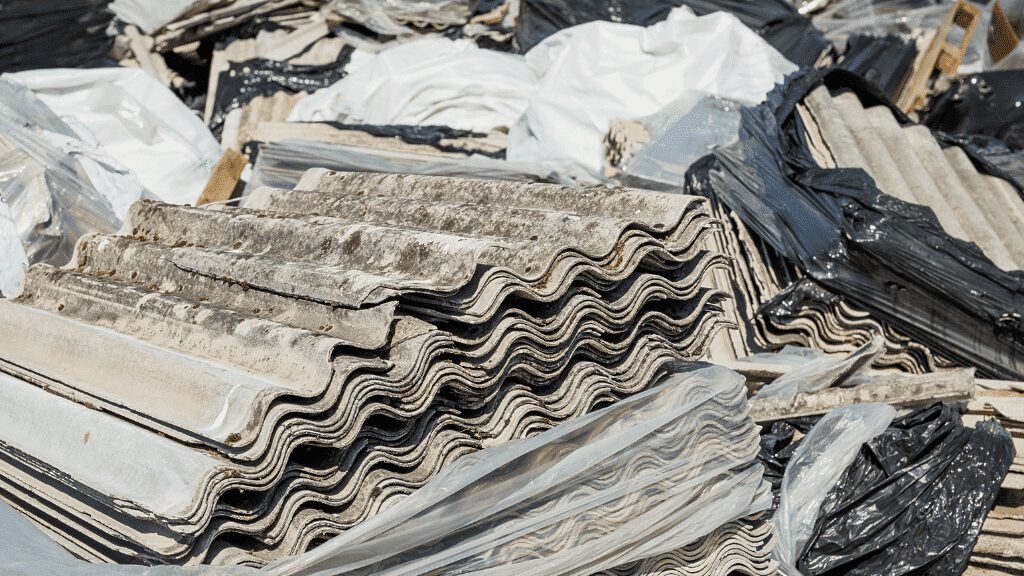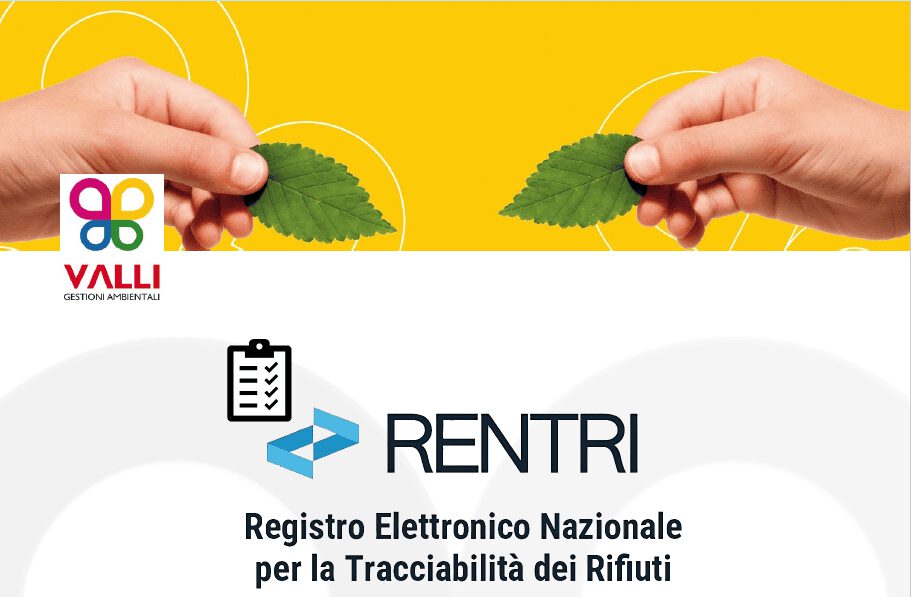We often hear about asbestos and eternit and almost always the two terms are used synonymously, but is this really the case?
The answer is no: asbestos or asbestos is the term used to classify 6 different materials that belong to the class of silicates, they are: actinolite, amosite, anthophylite, chrysotile, crocidolite and tremolite. In addition, there is a further subdivision that aims to diversify the elements according to chemical composition: we find amphiboles, formed by magnesium and calcium, which include atinolite, amosite (called brown asbestos), anthophylite, crocidolite (blue asbestos) and tremolite; the second group is called serpentine, and is composed of chrysotile, a magnesium silicate.
The terms asbestos and asbestos derive from Greek and mean respectively “incorruptible” and “that does not burn”. The word eternit, on the other hand, indicates the mixture based on asbestos fibers and cement, and is the trade name coming from the private company from which it was produced.
Recognizing the differences between asbestos and eternit allows us to better understand the environmental impact of asbestos. Now, after making these brief clarifications, let’s find out about the nature of the material, presenting its uses, standards, risks and its impact at an international level.
What is asbestos?
Asbestos is a material that has acquired prestige since the beginning of the 20th century until about 1960, the year in which its harmfulness was certified, but then what is the relationship between uses and risks?
Since its discovery, asbestos has been a foundation of the construction sector and beyond: its stance is mainly due to its low cost and its physical-chemical properties, which are able to make it very resistant to degradation, fire and an excellent acoustic-thermal insulator.
Despite the laudable characteristics, which would invite any entrepreneur to buy, they are the ones who determine its harmfulness: due to the difficulty in degrading the fibers and in general to their considerable resistance, asbestos, if inhaled, is deposited in the lungs and other organs.
This unpleasant situation can see asbestos fibers sedimented in our body for a period of time of more than 30 years up to, in the most severe cases, even 50 years. The problem lies in the fact that these harmful particles do not immediately manifest the disease, therefore, except for specific tests, the individual does not know that he is in serious danger until he or she becomes ill.
Due to asbestos, tumors of the lungs, larynx, ovaries can be found, but also a particular primary cancer called pleural mesothelioma, which, in the most severe cases, can cause metastases in nearby organs such as the lungs and diaphragm, where it creates an uncontrolled accumulation of pleural fluid.
What causes harmfulness
We must also take into account that the state of asbestos decrees its harmfulness; the latter is in fact directly proportional to its condition. In simple terms, the more brittle it is, the greater its carcinogenicity.
It is therefore important to know, if there may be the possibility of finding oneself in front of buildings called compact matrix, such as vinyl-asbestos or asbestos-cement, the risk will never go down to the point of rendering the artifact harmless. It is therefore good to always be careful and use the appropriate precautions correctly and consciously, avoiding in any way any type of unauthorized autonomous remediation.
It can therefore be deduced that asbestos is useful but also quite harmful, but then why do we continue to use it?
The main reasons are linked, as mentioned above, to its low cost and its properties. However, a very heated debate is underway, which sees two rather discordant positions: the first supports the harmlessness of chrysotile while the other supports its harmfulness. The diatribe has been going on for several years, since the early 30s of the ‘900, where it was claimed that there was no irrefutable evidence that affirmed the harmfulness of the material.
The conflict has also led to the publication of numerous articles, including that of two English scientists, Fred Pooley and John Hoskins, in 2015, entitled Critical re-evaluation of Balangero’s chrysotile and mesothelioma risk, which deals with the situation in Balangero, a municipality in the province of Turin, which from 1904 to 1990 saw the mortality rate from mesothelioma rise significantly compared to expectations.
The two argued that the increase in mortality was not strictly linked to the presence of the quarry, but that the causes were exogenous to it, initially blaming other minerals, inventing the presence of other types of asbestos in the quarry, up to the accusations against the workers, where the hypothesis of a commuting of the latter between Balangero and Casal Monferrato was supported, ignoring the fact that the two locations are about 100 kilometers apart.
This article was later criticized and refuted by Professor Corrado Magnani, professor of epidemiology at the University of Eastern Piedmont, who personally took care of dismantling these theses, together with other scientists. It will later be discovered that Fred and John had previously been consultants to the asbestos industry and that therefore they were only looking for the defense of their own interests, regardless of the danger not only of the situation but also of the assertions they brought.
Since when has asbestos been banned?
To conclude, although since March 27, 1992 in Italy all practices concerning the use of asbestos in any field have been prohibited and although the WHO and the IARC (International Agency for Research on Cancer) have now made the harmfulness of asbestos irrefutable in every respect, we have seen how the latter has been defended and is used only for economic purposes, especially in developing countries, which are responsible for producing about 2000 tons per year.
For asbestos disposal, contact a specialized company: choose Valli Gestioni Ambientali.




